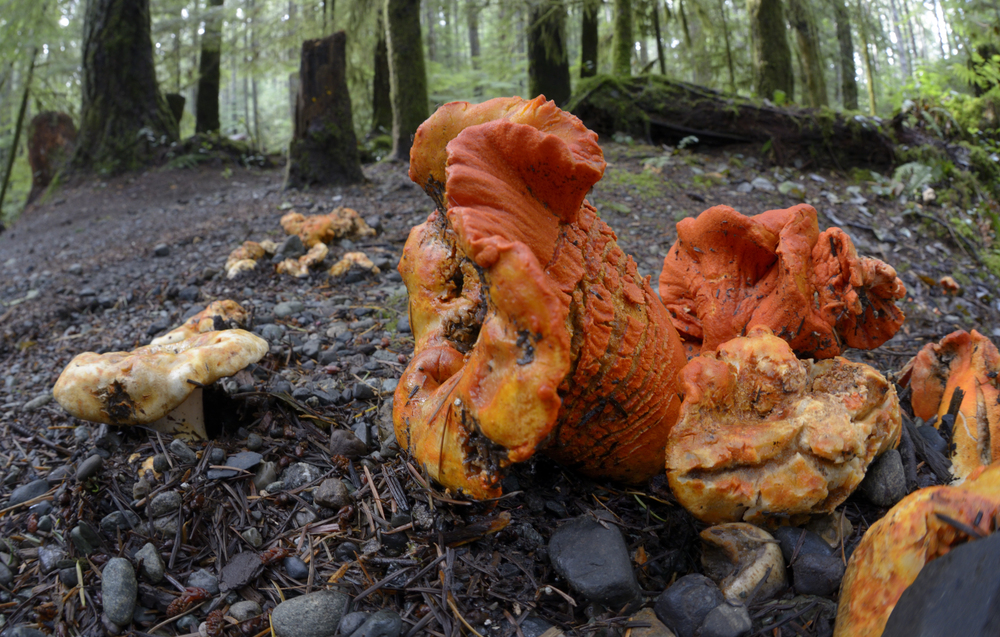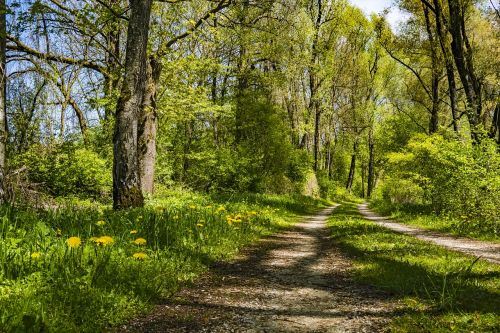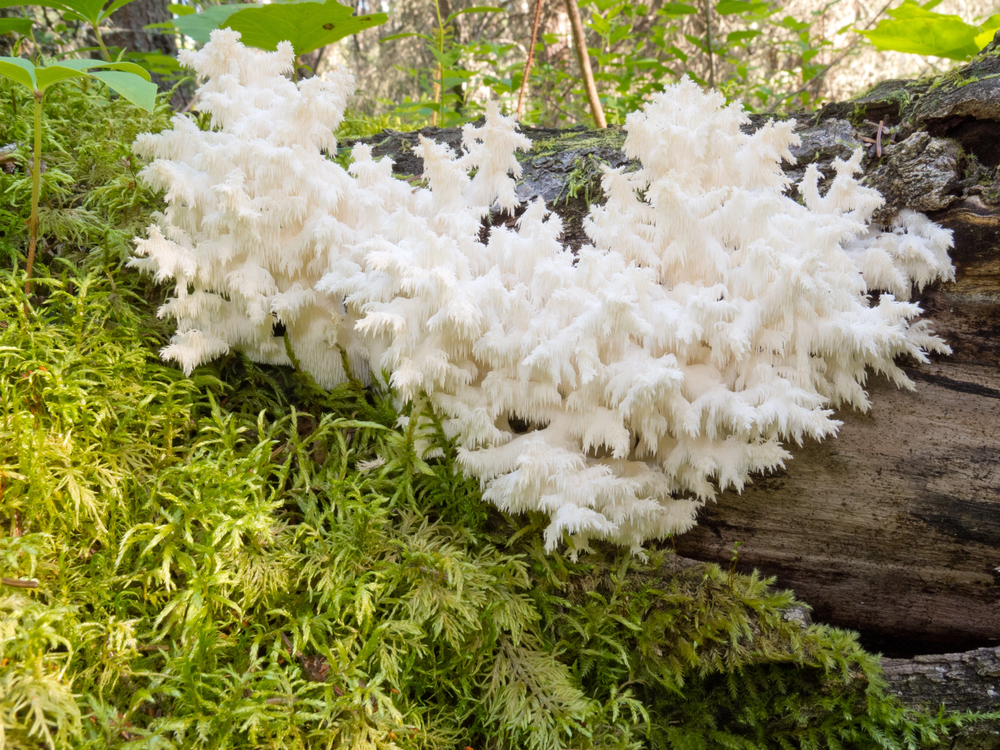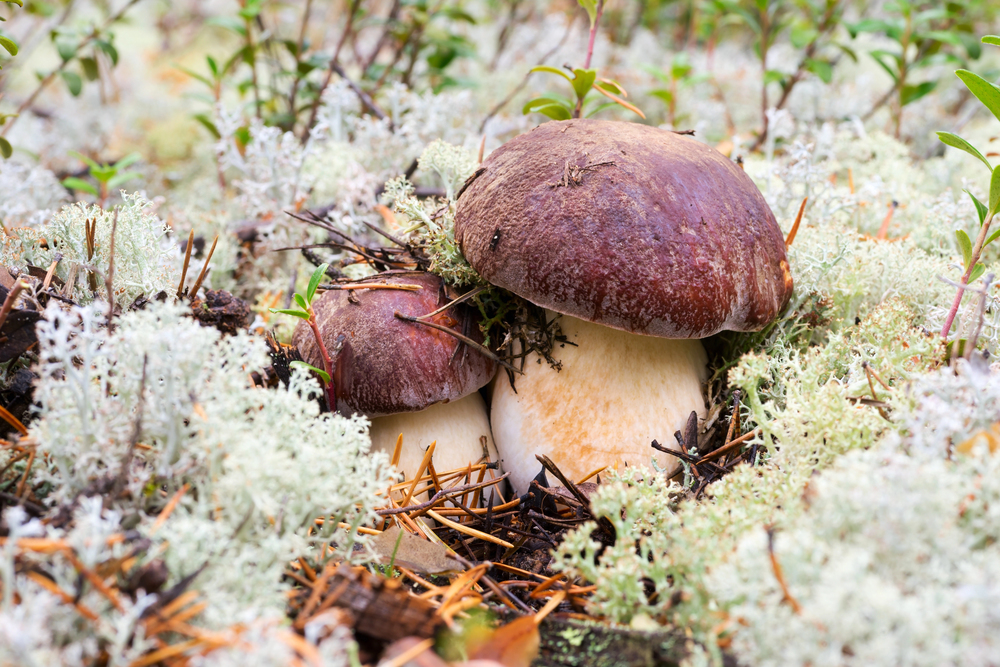The lobster mushroom is a parasitic fungus that transforms its host into a bright orange-red form, making it easily identifiable in the wild. This unique lifecycle, where one fungus colonizes another, creates one of North America’s most distinctive and sought-after edible mushrooms.
Key Takeaways
- Lobster mushrooms have a distinctive bright orange-red exterior coating caused by Hypomyces lactifluorum parasitizing Russula or Lactarius mushrooms.
- The surface features irregular ridges or bumps instead of gills, with a hard, non-spongy texture that’s unique among wild mushrooms.
- Look for specimens growing directly on the forest floor, not on logs, typically near hemlock trees in North American temperate forests.
- Fresh specimens show white to orange-white flesh when cut, with the color darkening as the mushroom ages.
- Size ranges from 2-12 inches across the cap, with stems varying from nonexistent to 6 inches long.
Understanding the Lobster Mushroom
While commonly known as the lobster mushroom, this fascinating organism is actually the result of a parasitic fungus called Hypomyces lactifluorum infecting specific host mushrooms in the Russula and Lactarius genera. This parasitic relationship transforms typically bland mushrooms into prized edibles, completely altering their chemical composition and covering them in a distinctive bright orange coating.
The lobster mushroom occurs naturally throughout North America’s temperate forests, particularly in areas where hemlock trees grow alongside its preferred host species. These transformed mushrooms can be found growing singly or in groups on the forest floor, never on logs or dead wood, and are often partially concealed by leaf litter and moss. The scientific name “hypomyces” literally means mushroom underneath, reflecting its parasitic nature.
Foragers typically encounter lobster mushrooms from mid-summer through early winter, with peak season occurring in the fall. The most productive hunting periods usually come 4-7 days after substantial rainfall, when the parasitic fungus causes the host mushrooms to emerge as distinctly orange, bumpy formations on the forest floor. Successful identification relies on recognizing both the characteristic orange coloration and the specific habitat requirements where host species naturally occur.

Key Physical Characteristics
From its distinctive bright orange-red exterior to its irregular, warped shape, the lobster mushroom exhibits several unmistakable physical characteristics that aid in proper identification. The cap, spanning 2-12 inches across, typically displays a bright orange-red to reddish-purple coloration and features a hard, non-spongy texture that distinguishes it from most other mushrooms.
The stem structure varies significantly, ranging from 0-6 inches in length and 0-4 inches across, though some specimens lack a stem entirely. Both the stem and cap’s undersurface share the same coloration and spore-producing features, creating a unified appearance throughout the organism. A harmless white powder often appears on the surface, indicating the presence of spores rather than mold contamination.
The mushroom’s overall structure often appears distorted and irregular, reflecting its parasitic nature on host fungi. Its surface lacks traditional gills, instead featuring distinctive ridges or bumps that contribute to its unique appearance.
The interior flesh presents as white to orange-white when young, gradually darkening to brown with age. The cap’s surface frequently accumulates debris and dirt, particularly in wet conditions, while partially infected areas may display white or light-colored patches that are prone to rapid decay.
Where to Find them?
Lobster mushrooms mainly inhabit the temperate forests across North America, particularly in the northern United States, Canada, and parts of Mexico, with disputed presence in northern Europe and Russia. These distinctive fungi thrive in mixed woods and forest environments where their host mushrooms, specifically Russula and Lactarius species, are commonly found. They are most abundant in northern climates where moisture levels and host species are optimal.
| Location Type | Key Characteristics |
|---|---|
| Forest Floor | Never on logs or wood; found under moss and leaf litter |
| Timing | Peak season in fall; appears 4-7 days after rainfall |
| Growth Pattern | Can fruit multiple times; often in clusters |
| Specific Sites | Under conifers, especially hemlock; near host mushrooms |
The most reliable way to locate these mushrooms is to search the forest floor, particularly under coniferous trees where their host species grow. Experienced foragers often mark productive spots, as lobster mushrooms tend to return to the same locations year after year. Look for distinctive orange coloring beneath forest debris and check for bumps or “shrumps” in the leaf litter, especially during the peak season from July through October.
Safe Foraging Practices
Safe foraging for these distinctive orange fungi requires a methodical approach and careful attention to detail. When harvesting lobster mushrooms, focus on identifying young, firm specimens during their peak season from mid-to-late summer, and always obtain proper permission for the foraging location.
The harvesting process involves gently grasping the mushroom at its base or cap and carefully wiggling it free from the ground. Once collected, immediately inspect for quality, removing any damaged sections and cleaning off debris. Look for specimens hiding under dense duff layers, as this is their preferred habitat in many regions. Cook all specimens thoroughly before consumption, as raw consumption is not recommended.
While lobster mushrooms are considered safe because of their unique appearance and lack of toxic lookalikes, following proper precautions remains crucial. Begin by consuming small amounts to test for potential allergic reactions, and avoid specimens showing signs of decay or insect infestation.
For sustainable practices, document productive locations for future reference, as these fungi often return to the same spots annually. Share the resource with wildlife by leaving some specimens behind, and help spread spores by breaking up older, inedible mushrooms to encourage future growth in the area.
Culinary Uses and Storage
With their distinctive texture and versatile culinary applications, lobster mushrooms offer an array of preparation methods and storage options for both home cooks and professional chefs. The firm texture allows for various preparation methods, from paper-thin shavings to coarse grating, making them suitable for dishes ranging from pasta sauces to seafood-inspired recipes. Their popularity has led to creative recipes like lobster mushroom cakes becoming staples in gourmet cooking.
These mushrooms excel in numerous cooking applications, particularly when briefly cooked to maintain their texture. They can be sautéed with garlic and olive oil, incorporated into cream-based pasta sauces, or used as a meat substitute in hearty dishes like chili. The mild flavor profile pairs exceptionally well with herbs, while the unique texture adds complexity to dishes.
For storage, fresh lobster mushrooms should be kept in dry paper bags or breathable mesh containers in the refrigerator, lasting up to a week when properly stored. Freezing whole mushrooms extends their shelf life by several months, while drying concentrates their seafood-like flavor and allows for storage up to a year when kept in airtight containers away from light and dampness.



